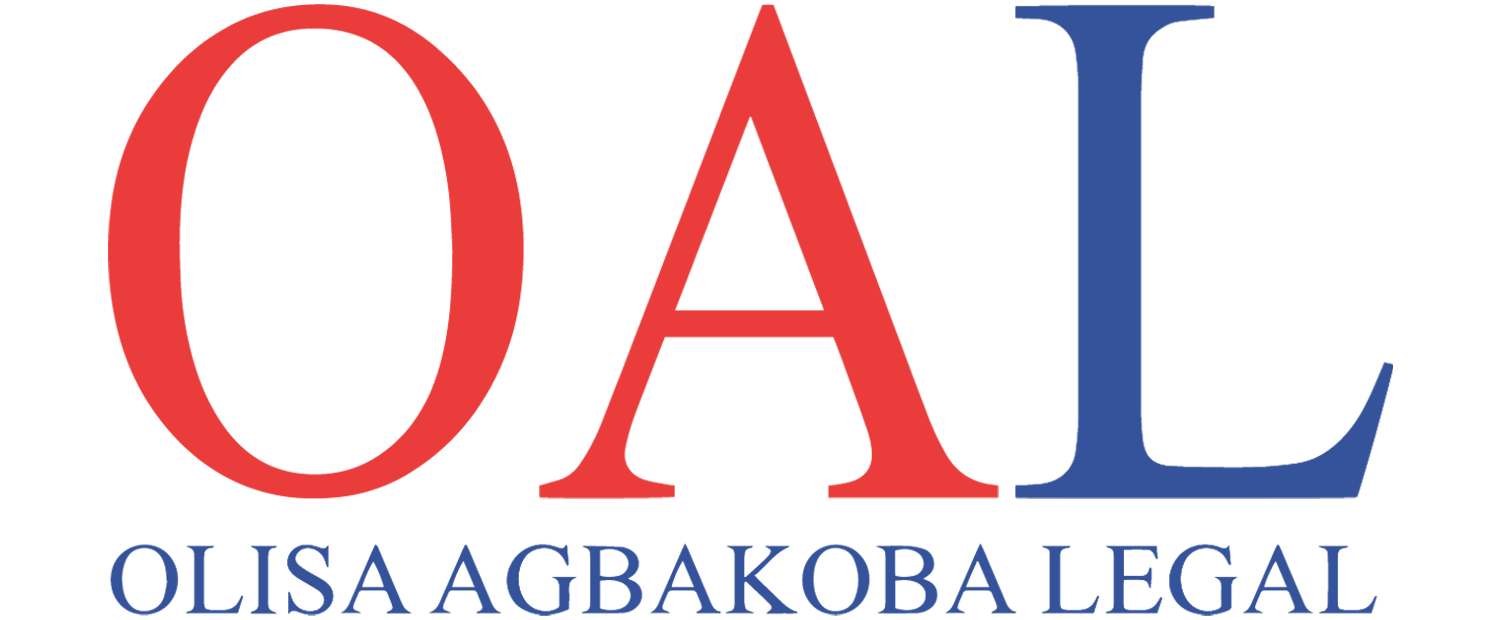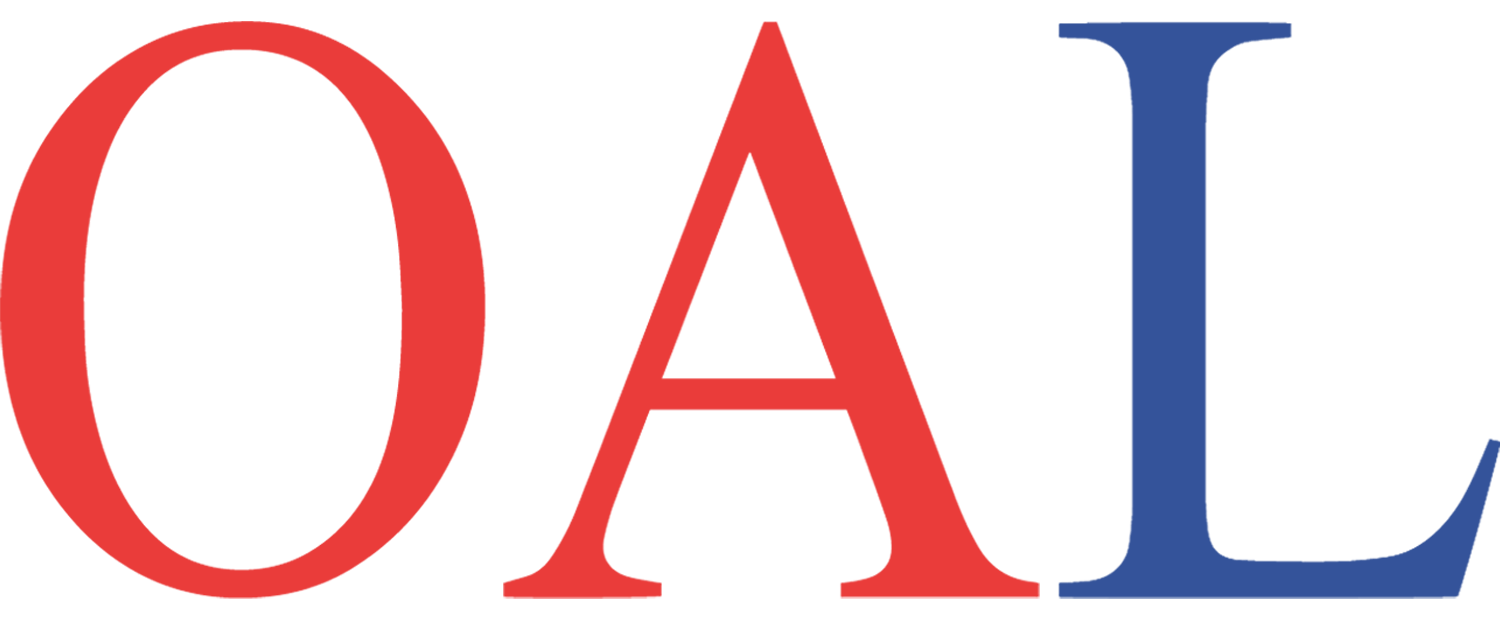
INTELLECTUAL PROPERTY PORTFOLIO MANAGEMENT: How to Protect and Leverage Your IP Assets and Brands

Intellectual property (IP) is a fundamental asset of any business irrespective of the sector. It is essential to protect your corporate intellectual property in order to retain a competitive edge and remain visible in your industry. Trademarks, patents, and copyrights are different means to protect your intellectual property. This article, Intellectual Property Portfolio Management will cover how you can also use Intellectual Property to leverage your assets and brands.
What is intellectual property?
Intellectual property refers to the intellectual creation of a person, such as literary and artistic works, inventions, names, symbols, designs, and images. There are four main types of IP: patents, trademarks, copyrights, and trade secrets. Each type of IP has its own set of rules and regulations. For example, patents are granted by the government and give inventors the right to exclude others from making, using, or selling their inventions for a certain period of time. Trademarks are used to distinguish a company’s products or services from those of its competitors and can be valid for an unlimited period of time. Copyrights protect creative works, such as books, music, and artwork, and typically last for the life of the author, while Trade secrets protect the confidential information of a business.
Ways to protect your intellectual property?
Intellectual property (IP) is one of the most valuable intangible assets a company owns. Here are some pointers on ways in which you can protect your intellectual property.
-
Patents
Patenting one’s intellectual property is a way to protect a creator’s or inventor’s IP assets. Patents are typically used to register inventions which are unique and unknown to the general public as well as the methods by which they function. To obtain a patent, technical information about the invention must be made public via a patent application.
-
Trademarks
Another way to protect a creator’s IP asset is the use of trademarks. A trademark is a word, phrase, symbol, or design that indicates the origin of the goods or services it represents. It can be used to keep an idea or product from being copied and thus increase its marketability. Marks must be distinct enough to distinguish one’s products from those of others and should not cause consumer confusion about their origin.
-
Copyrights
Copyright is a type of intellectual property that protects original works of authorship once they are fixed in a tangible form of expression. Paintings, photographs, illustrations, musical compositions, sound recordings, computer programs, books, poems, blog posts, movies, architectural works, plays, and many other types of works can all be copyrighted.
-
Trade secret
Trade secrets are a form of intellectual property (IP) rights which restricts how confidential information is restricted to the general public i.e. In general, for information to qualify as a trade secret, it must be:
- commercially valuable due to its secrecy,
- be known only to a small group of people, and
- be subject to the rightful holder of the information taking reasonable steps to keep it secret, including the use of confidentiality agreements for business partners and employees.
Unauthorised acquisition, use, or disclosure of such secret information by others in a manner inconsistent with honest commercial practices is considered an unfair practice and a violation of trade secret protection.
-
Industrial Design
An industrial design may include three-dimensional elements, such as an article’s shape, or two-dimensional elements, such as patterns, lines, or colour. The owner of a registered industrial design or a design patent has the right to prevent third parties from making, selling, or importing articles bearing or embodying a design that is a copy, or substantially a copy, of the protected design, when such acts are performed for commercial purposes.
Benefits of Protecting your Intellectual Property
The protection of intellectual property (IP) is important for the growth of innovation. It encourages innovation and can provide substantial benefits to organisations, companies, businesses, employees, and inventors. Below are some listed benefits of protecting your intellectual property assets and brands:
- Protecting your IP offers you exclusive use.
- IP can generate revenue for your company by licensing, selling, or commercialising protected products or services. This, in turn, can increase your market share or profits. Having registered and protected intellectual property assets, this can increase the value of your business in the event of a sale, merger, or acquisition.
- IP protection can help you turn your knowledge/idea into a tangible asset which can be assigned, transferred, and licensed.
- IP protection protects unique ideas and creations.
- intellectual property can be used as leverage to attract investors or as collateral to obtain financing.
- IP, such as trademarks, logos, and product design, is essential for creating a brand image for your company. IP can assist you in differentiating and promoting your products and services in the market.
How to leverage on your IP Assets
Some of the ways in which you leverage on your intellectual property assets are:
-
Franchising:
Franchising is a capital-intensive way for you to grow your business. Franchising involves licensing a brand as well as a methodology of process operations. Chicken Republic is a great example of a company that uses the efficiency of its brand’s values and goals by franchising its stores across Nigeria. As you may have noticed, its brand name is instantly recognisable and represents one of the top fast-food chains in Nigeria. Furthermore, there are some factors to consider in order to have an efficient and long-term franchise.
First and foremost, your franchised product must convey a strong message and connection while supporting a well-defined value proposition via logos, symbols, trademarks, packaging, image, and all of those intangible elements. These intellectual property assets increase your market and sales by influencing your customers’ purchasing behaviour. In addition, whether you are a franchisee or a franchiser, the latter must always provide the former by establishing a system for consistently delivering a high-quality product and a positive customer experience.
The two core values for long-term franchises are trust and cooperation between the franchiser and the franchisee.
2. Intellectual property as collateral:
Some organisations might not have the financial capability to use their own intellectual property, however, they might not be interested in selling or licensing their IPRs. In such cases, these organisations can use their IPR as collateral to raise funds. Many investors, banks and non-banking financial institutions now accept the intellectual property as collateral against making investments or disbursing loans. This type of arrangement is particularly popular among start-ups. For example, Kodak used its patents in digital photography as collateral to raise funds during its bankruptcy period.
3. Co-branding:
Co-branding allows two companies to combine their original, one-of-a-kind ideas when developing new products and services. Here, two parties are assisting each other while still operating under a single brand. The goal is to increase sales and expand the market. Co-branding takes advantage of IP assets in this way.
4. Trademark:
Trademark Is perhaps the most common form of creating value from IPRs. As your business develops, matures, and expands, you can use your trademark to create marketing strategies which attract more customers, thus driving up your profits and brand value. Trademarks are thus a good way to boost the commercialisation of your business. The greater the brand’s recognition among the public, the more value the brand will be.
5. Assignment:
Like any other valuable asset, intellectual property can also be sold. In case a company lacks the capability of using or managing its IPR, it can exercise this option. Once the intellectual property is sold or permanently assigned, the original owner permanently loses all the claims on the asset and the new owner is free to utilise and monetise it. However, there might be clauses which prohibit the buyer from any modification to the asset. Google sold some of its intellectual property (Motorola mobility) to Lenovo for 3 million USD in 2012.
Conclusion
Intellectual Property Rights can take any organisation to greater heights both in terms of brand value and market capitalization, however, they need to be handled with utmost care. Whether it’s filing for the patent/ trademark, the decision of the location of filing or the decision on how to utilise them to generate value for the organisation, proper planning can be the difference between success or failure.
[maxbutton id=”1″ url=”https://oal.law/data/uploads/2022/12/IP-PORTFOLIO-MANAGEMENT-How-to-Protect-and-Leverage-Your-IP-Assets-and-Brands.pdf” text=”Download Article” ]
Contributor





